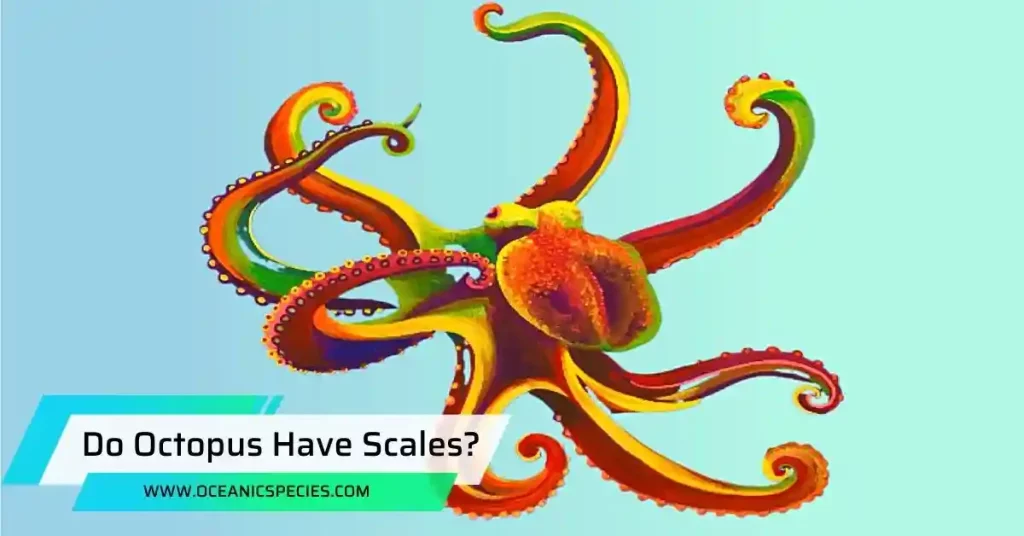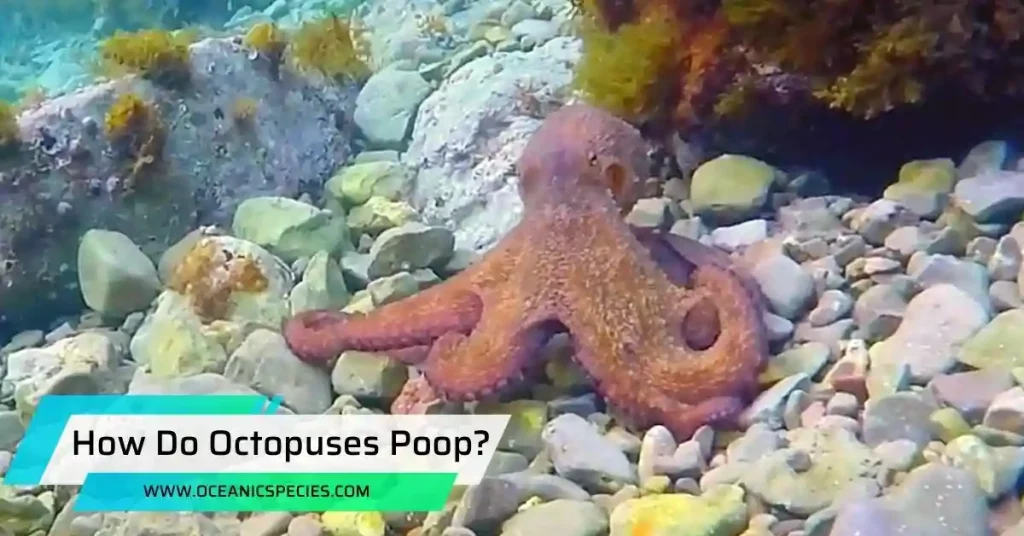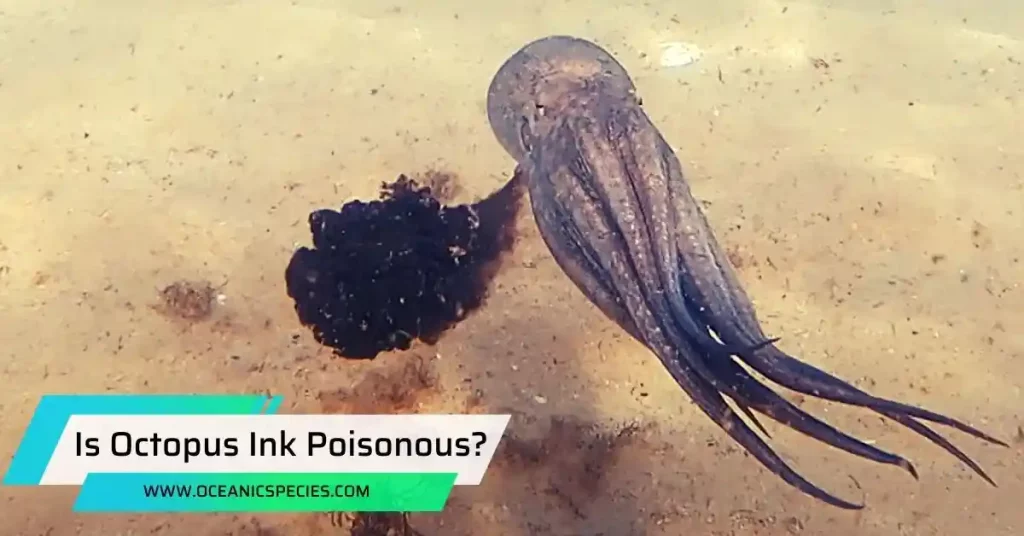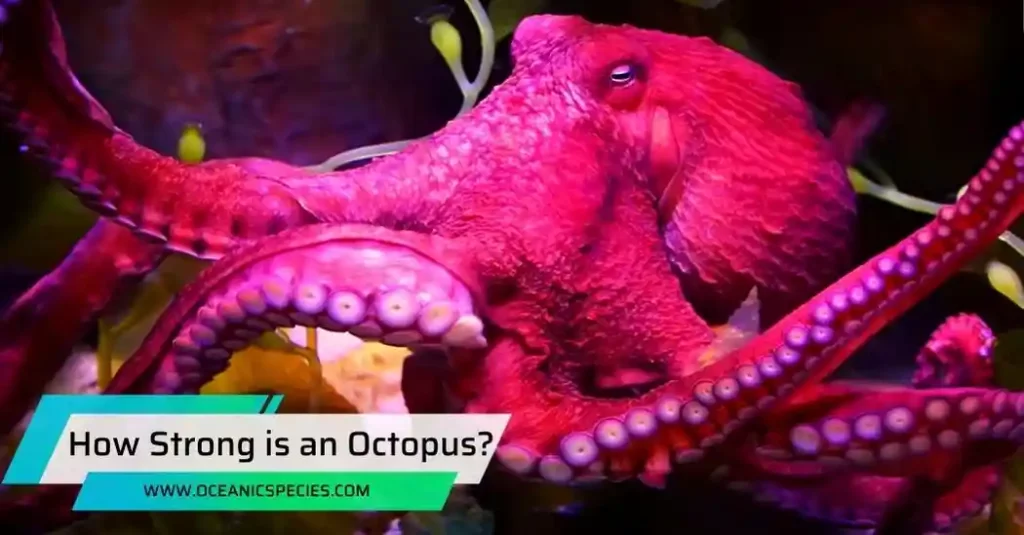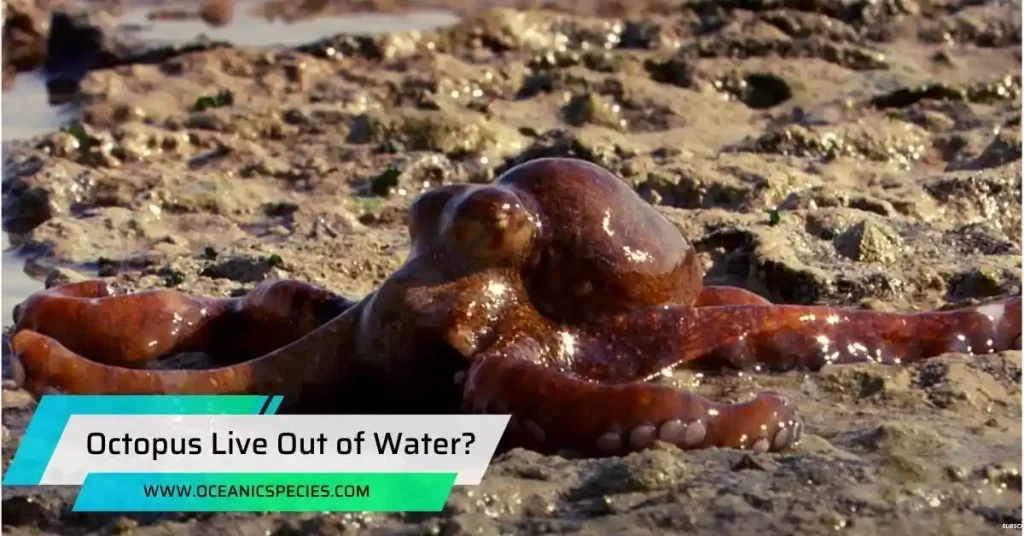Octopuses do not have scales or fins like fish, but they have a unique skin texture that allows them to change color and texture to blend in with their surroundings.
This camouflage is an important adaptation that helps them avoid predators and hunt prey. Octopuses are fascinating creatures that belong to the cephalopod family, along with squid and cuttlefish. While they share some characteristics with fish, such as living in water, they differ in terms of their physical attributes.
One notable difference is that octopuses do not have scales or fins like fish do. Instead, they have a remarkable skin texture that enables them to adapt their color and texture to match their environment. This incredible ability to change their appearance is an important defense mechanism that helps them blend in and avoid predators.
We will explore the unique skin of octopuses and delve into the reasons behind their lack of scales.
The Anatomy Of An Octopus

Octopuses do not have scales or fins like fish, but they have a unique skin texture that allows them to change color and texture to blend in with their surroundings. This camouflage is an important adaptation that helps them avoid predators and hunt prey.
Octopuses are fascinating creatures with unique physical features and body structures that set them apart from other animals. Let’s dive into the anatomy of an octopus and explore its amazing adaptations for camouflage.
Physical Features:
Octopuses have a soft body with no bones, allowing them to squeeze through tight spaces and hide in crevices. They have a large bulbous head with two large eyes that provide excellent vision. Octopuses have eight arms, each lined with suction cups for grasping and manipulating objects. Some octopuses also have an additional pair of specialized arms called “tentacles” that are longer and thinner than the other arms.
Body Structure:
The body of an octopus is divided into two main parts: The head and the mantle.
The head contains the octopus’s brain, eyes, beak, and mouth, as well as its sensory organs. The mantle is a muscular structure that houses the octopus’s organs, such as its gills, heart, stomach, and digestive system.
Adaptations For Camouflage:
Octopuses are masters of camouflage, and their ability to blend into their surroundings is truly remarkable. Here are some of the adaptations that help them achieve this:
Chromatophores: Octopuses have specialized cells called chromatophores in their skin that can change color and pattern. This allows them to match the color and texture of their environment, making them nearly invisible to predators and prey.
Papillae: Octopuses can also change the texture of their skin using small muscular structures called papillae. These papillae can create bumps, ridges, or even spikes, further enhancing their camouflage.
Skin Texture: In addition to changing color and texture, octopuses can also alter the texture of their skin to mimic the appearance of rocks, coral, or other objects in their surroundings.
Posture and Movement: Octopuses are incredibly agile and can contort their bodies to imitate the shape and movement of nearby objects, such as seaweed or rocks.
The Skin Of An Octopus
Octopuses do not have scales or fins like fish. Instead, they have a unique skin texture that allows them to change color and texture to blend in with their surroundings, helping them evade predators and capture prey.
Texture And Color-Changing Abilities
Octopuses have an incredibly unique and fascinating skin. Here are some key features of their skin:
- Their skin has a smooth and slippery texture, allowing them to move quickly and smoothly through the water.
- Octopuses are known for their remarkable color-changing abilities. They have specialized cells called chromatophores in their skin that contain pigments, allowing them to change their color and pattern in an instant.
- These chromatophores can expand or contract, revealing different colors and patterns, which helps them camouflage and blend in with their surroundings.
- Octopuses can not only change the color of their skin but also the texture, using muscles called papillae. By raising and lowering these papillae, they can create bumps or ridges on their skin to mimic the texture of rocks or coral.
- The ability to change both color and texture allows octopuses to disguise themselves effectively, making them expert masters of disguise.
How Octopuses Blend In With Their Surroundings
Octopuses are masters of camouflage and have developed several strategies to blend in seamlessly with their surroundings. Here’s how they do it:
- By changing the color and pattern of their skin, octopuses can match the colors and textures of their environment, whether it’s rocks, sand, or coral. This helps them remain hidden from predators or potential prey.
- Octopuses can also adjust the texture of their skin to blend in even further. By raising bumps or creating rough textures, they can mimic the appearance of their surroundings, making it difficult for predators or prey to spot them.
- Some octopuses can even mimic the movements of other marine creatures, such as flounder or sea snakes, to confuse predators or approach unsuspecting prey.
- The combination of their color-changing abilities, texture manipulation, and mimicry allows octopuses to disappear into their surroundings, making them excellent hunters as well as avoiding becoming prey themselves.
Scale-Less Wonders Of The Ocean

Octopuses do not have scales like fish, but they have a unique skin texture that allows them to change color and blend in with their surroundings. This adaptation helps them avoid predators and hunt prey.
Octopuses are fascinating creatures known for their unique appearance and remarkable skills. One of the most intriguing aspects of octopuses is their scale-less skin, which sets them apart from other marine animals. In this section, we will explore the differences between scales and octopus skin and delve into the evolutionary advantages of their scale-less appearance.
Differences Between Scales And Octopus Skin:
Octopus skin:
- Smooth and soft texture
- Comprised of a thin, flexible membrane
- Allows for excellent maneuverability and flexibility in water
- Provides a wide range of motion and precise control over their movements
Scales:
- Rigid and bony structures covering fish and reptiles
- Protects against predators and environmental factors
- Hinders flexibility and maneuverability compared to octopus skin
- Requires shedding and regeneration as the animal grows
Evolutionary Advantages Of Scale-Less Appearance:
Camouflage:
Octopuses have the remarkable ability to change the color and texture of their skin to blend seamlessly with their surroundings. Scale-less skin allows for a more precise camouflage, enabling octopuses to hide from predators and ambush their prey effectively.
Hydrodynamics:
The absence of scales reduces drag, allowing octopuses to move swiftly through the water. Their streamlined bodies and flexible skin enable them to squeeze through tight spaces and navigate complex environments with ease.
Sensory Adaptation:
The lack of rigid scales enhances the sensitivity of their skin, enabling them to detect subtle changes in water pressure, temperature, and even chemical signals. This heightened sensory perception contributes to octopuses’ incredible ability to navigate their surroundings and locate food sources.
Frequently Asked Questions
Is An Octopus A Fish Or A Mammal?
An octopus is neither a fish nor a mammal. It is a cephalopod related to squid and cuttlefish.
What Do Octopus Have On Their Skin?
Octopuses do not have scales, but they have a unique skin texture that allows them to change color and texture.
Is Octopus A Fish Or Shellfish?
Octopuses do not have scales or fins like fish. They are cephalopods, related to squid and cuttlefish, and classified as mollusks.
Do Octopuses Have Scales Or Skin?
Octopuses do not have scales or fins like fish, but they have a unique skin texture that allows them to change color and texture to blend in with their surroundings. This camouflage is an important adaptation that helps them avoid predators and hunt prey.
Conclusion
Octopuses do not have scales or fins like fish, but they have a unique skin texture that allows them to change color and texture to blend in with their surroundings. This camouflage is an important adaptation that helps them avoid predators and hunt prey.
Octopuses are not fish or mammals but belong to a group of animals called cephalopods, which includes squid and cuttlefish. They are classified as mollusks, and their unique characteristics make them fascinating creatures. The absence of scales does not hinder the octopus from surviving and thriving in its marine environment.
Instead, its ability to change its skin color and texture allows it to remain hidden and protected. The octopus’s skin is one of its most remarkable features, showcasing the wonder and complexity of nature. Understanding these characteristics helps us appreciate the diverse adaptations and incredible abilities of the octopus.

